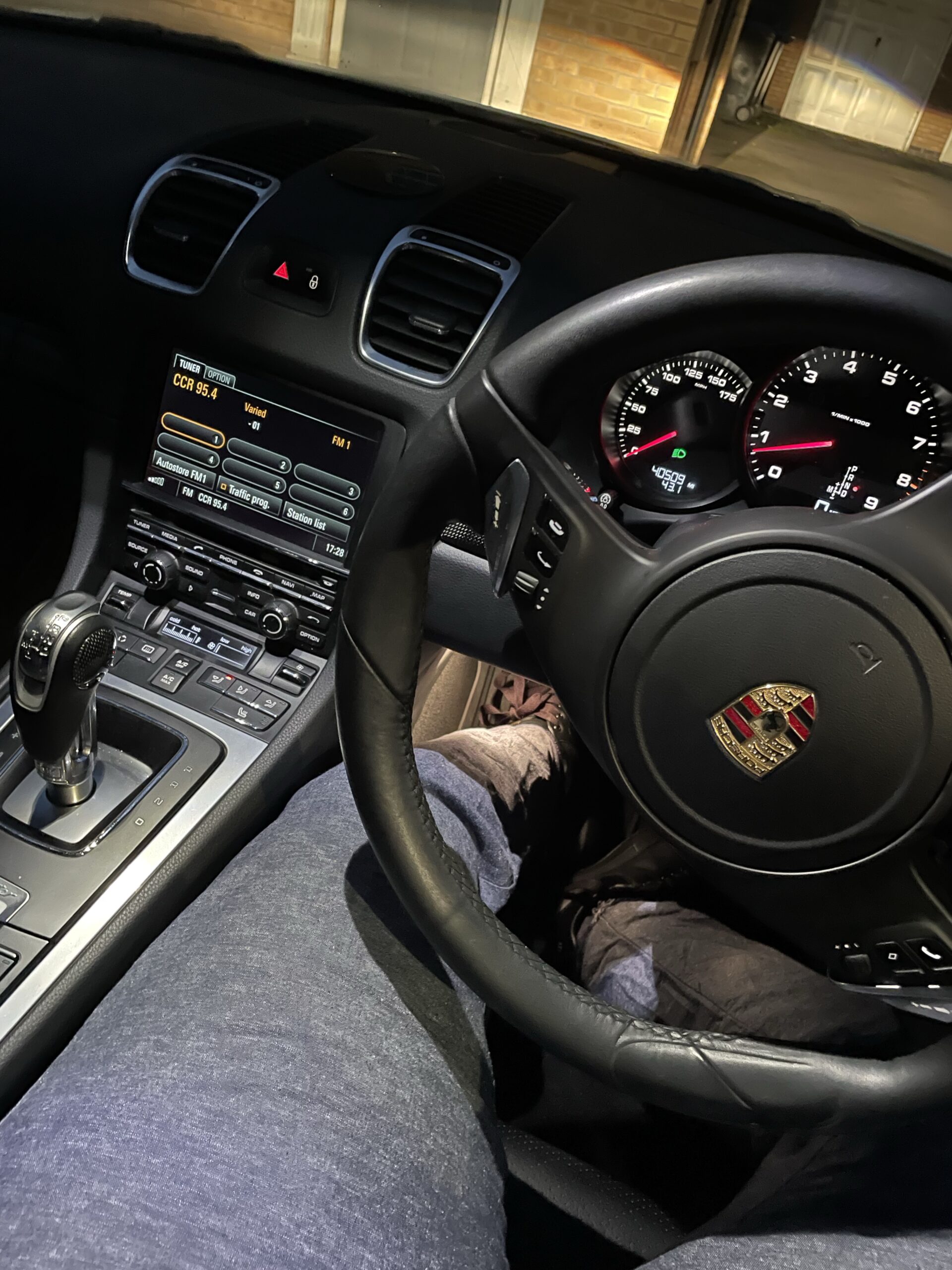Europe’s most car friendly country revealed

Switzerland is Europe’s best country to drive in, new research has revealed.
The study by the International Drivers Association analysed several factors surrounding driving in Europe and scored 33 countries based on how congested the roads are, the quality of the roads, petrol prices, and how safe driving is.
It found that Switzerland is the most car friendly country, with the country scoring highest on the list for its safety, with only 1.71 road traffic deaths per 100,000 people, the world’s third highest road quality score of 6.3, and a dense road network with 204km of road per 100 km2. With only 604 cars per 1,000 people, this score indicated a relatively low number of vehicles and lower congestion on the road compared to other European countries.
The United Kingdom came in 18th out of the 33 nations studied due to its third-lowest road quality score of 3. However, the UK does have the fourth lowest road traffic deaths in Europe, with 2.81 deaths per 100,000 people.
The Netherlands comes in second place on the list, with the country scoring 97.99 out of 100 based on several factors, including its dense road network of 332km of road per 100 km2. The country also has the fifth lowest road traffic deaths, with 2.83 per 100,000 people, and the best road quality in Europe, with a score of 6.4, which is also the second best in the world.
Coming in third place is Belgium, with the country scoring a high 83.56 due to its dense road network with 388km of road per 100 km2, which is the highest of any European country. There are also only 590 cars per 1,000 people giving it a higher score in that department, highlighting uncongested road networks.
Denmark takes the fourth position, scoring 79.11 out of 100 based on factors such as a low density of cars on the road with 540 per 1,000 people, relatively safe roads with only three road traffic deaths per 100,000 people and a road quality score of 5.3.






